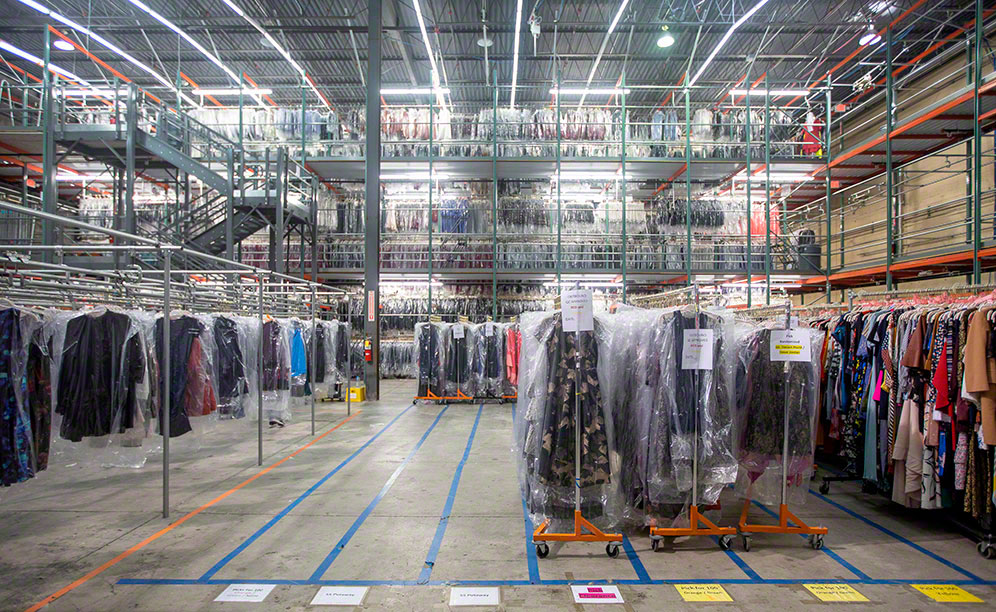1. Inventory Tracking
Accurate inventory tracking is the foundation of effective stock management. Implementing a robust inventory management system allows you to monitor the quantities of each product in real time.
2. Regular Stock Checks
Conduct regular stock checks to reconcile physical inventory with your system’s records. This helps identify discrepancies, theft, or errors in your stock levels.
3. Stock Organization
Organize your stock by category, size, colour, and style. Use clear labels and barcoding systems to facilitate easy identification and retrieval of items.
4. Forecasting and Demand Planning
Analyze historical sales data and market trends to forecast demand for different products. This information helps you make informed decisions about ordering stock and avoiding overstock or understock situations.
5. Supplier Management
Establish strong relationships with your suppliers to ensure timely deliveries and consistent product quality. Communicate your inventory needs effectively to minimize delays.
6. First-In, First-Out (FIFO) Method
Follow the FIFO method, which means that the first items received are the first to be sold. This helps prevent stock from becoming obsolete or outdated.
7. Safety Stock
Maintain a safe stock level to account for unexpected increases in demand or delays in supply. This buffer helps you avoid stockouts and keep customers satisfied.
8. Stock Reordering
Set reordering points for each product to trigger replenishment orders when stock reaches a predetermined minimum level. Automate this process as much as possible to reduce human error.
Handling Procedures
1. Receiving Stock
When stock arrives, inspect it for damage, quantity discrepancies, and quality issues. Document any issues immediately and communicate with the supplier.
2. Storage Conditions
Store clothing items in a clean, dry, and well-ventilated environment to prevent moisture, mould, or other damage. Pay attention to temperature and humidity control.
3. Handling Techniques
Train your staff on proper handling techniques to avoid damage during stock movement. Use appropriate equipment like clothing racks, hangers, and storage bins.
4. Packaging
Use quality packaging materials to protect clothing during storage and transit. Label packages clearly to ensure accurate identification.
5. Order Fulfillment
Implement efficient order picking and packing processes to minimize errors. Double-check orders before shipment to ensure accuracy.
6. Returns Handling
Have a clear returns policy and procedure in place. When handling returns, assess the condition of returned items and decide whether they can be restocked, repaired, or discarded.
7. Loss Prevention
Implement security measures to prevent theft, unauthorized access, and damage to your stock. Monitor high-value items closely.
8. Employee Training
Regularly train your employees on stock management best practices and handling procedures. Ensure they understand the importance of accuracy and attention to detail.
By implementing these stock management and handling procedures, Eleven West Ceylon can maintain efficient operations, reduce costs, and provide customers with a consistent and high-quality experience. Regularly review and update these procedures to adapt to changing business needs and market conditions.
Regenerate


